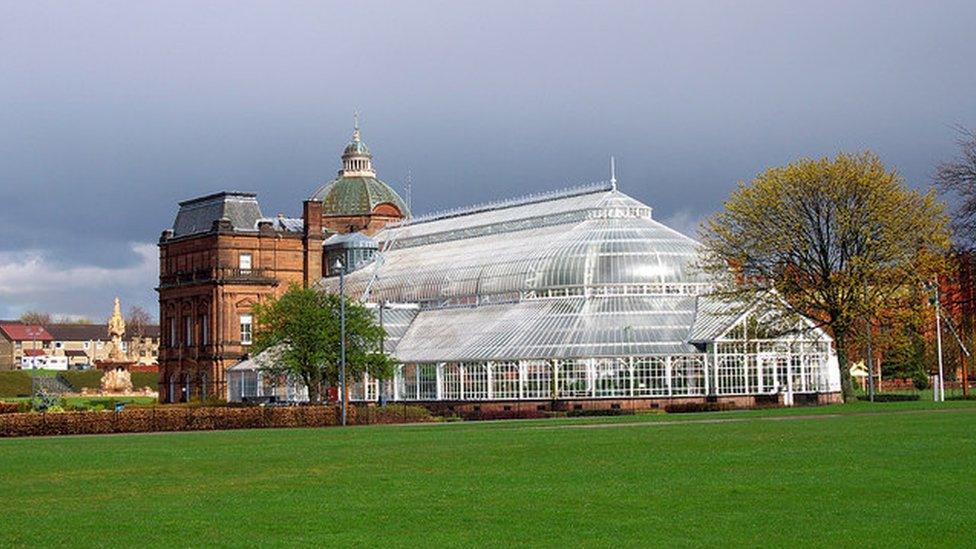Glasgow seeks £36m for future of People's Palace museum
- Published
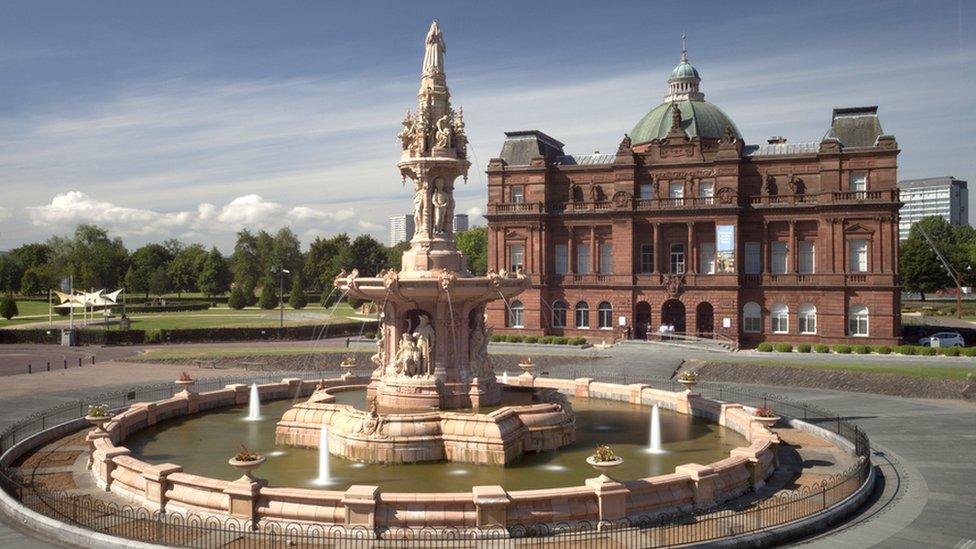
The People's Palace could be revamped under new proposals
A £36m bid to secure the future of Glasgow's People's Palace is to go before the city council.
The museum - which highlights the social and cultural history of Glasgow - was closed in December 2018 over structural and safety issues.
The main building reopened, however the Winter Gardens glasshouse remained closed - resulting in the death of the many trees and plants inside.
The plans include a £7.5m application to the National Lottery Heritage Fund.
An £11m contribution would come from Glasgow City Council and £12m would be sought from "other public sector funders".
Around £5m of finance is already in place.
A bid for support from the UK government's Levelling Up fund earlier this year was unsuccessful.
SNP councillor Greg Hepburn said the museum, located on Glasgow Green in the city's east end, had "a special place in the hearts of Glaswegians".
He said it was "more than a bit unfortunate that in recent decades it wasn't given the care and attention it demanded".
He added that it was "hugely disappointing" that it did not receive levelling up funding.
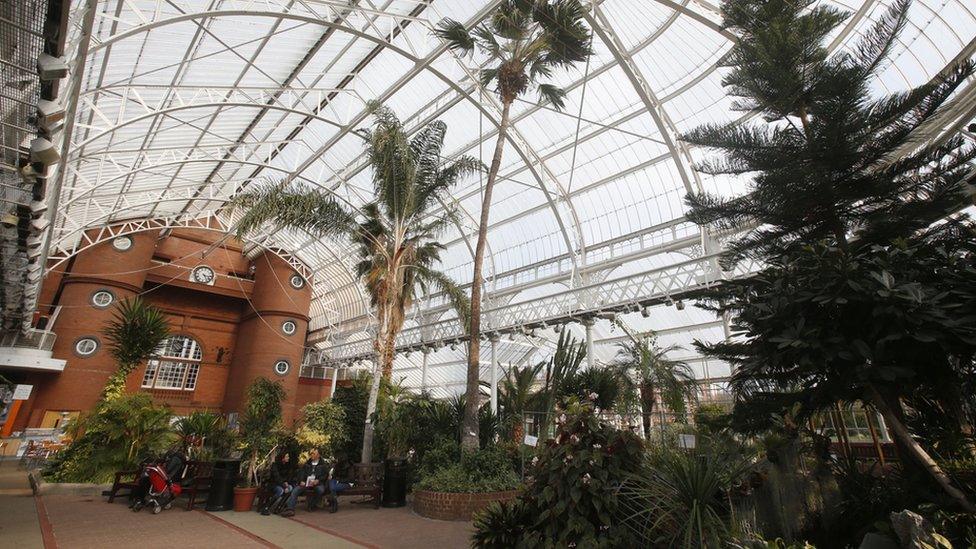
The Winter Gardens glasshouse was popular with visitors before falling into disrepair.
Glasgow Labour MSP Paul Sweeney welcomed the plans, but said the need for external funders risked displacing other critical heritage projects.
He said: "The centenary restoration of the People's Palace and Winter Gardens carried out in 1998 had a 20 year design lifespan.
"It has been devastating for Glaswegians that cuts to the council's budget over the last decade led to one of the city's main attractions falling into a derelict state.
"The UK and Scottish Governments have not lifted a finger so far to support Glasgow's world-class cultural attractions, despite Edinburgh's museums and galleries enjoying direct national funding."
Glasgow City Council's administration committee will be asked to back the plans at a meeting next week.
'Breathe new life'
If funding bids are successful, work would begin early next year, with the scheme is expected to be complete by autumn 2027.
The museum first opened in 1898 to provide a cultural facility for working people in the east end of Glasgow.
It is run by the council's culture and leisure body Glasgow Life.
Following the its closure in 2018, £350,000 of improvements provided a new fire escape, café and retail space.
However, a council report found "water ingress, plaster damage and ageing mechanical and engineering system" left the museum's collection at risk
It was also found that sealant used to secure thousands of windows in the glasshouse required replacement.
Glasgow City Council said the proposals would "breathe new life" into the museum.
The Friends of People's Palace campaign group said it was pleased with the news and "confident that the future looks good".
Reporting provided by Drew Sandelands at the Local Democracy Reporting Service.


The Winter Gardens are an important part of Glasgow's architectural heritage but have been closed for almost five years.
The Victorian structure has played host to countless events over the years but finding a way of funding work to make sure both the building and its future is safe and secure has not been straightforward.
This has led to concern for its future. Perhaps inevitably, the discussion has sometimes become politicised and become embroiled in wider debates about whether the city's architecture is always properly valued.
The gardens join on to the People's Palace. Both are a reminder of Glasgow's heritage. They both had their origins in efforts to raise the quality of life for "ordinary" people when many had limited leisure time or lived in substandard conditions.
The People's Palace also has a unique place amongst Glasgow's main museums and galleries. Its focus is clearly on the story of Glasgow and its people whereas others, such as Kelvingrove and the Gallery of Modern Art, are more like national assets.
Related topics
- Published5 April 2019
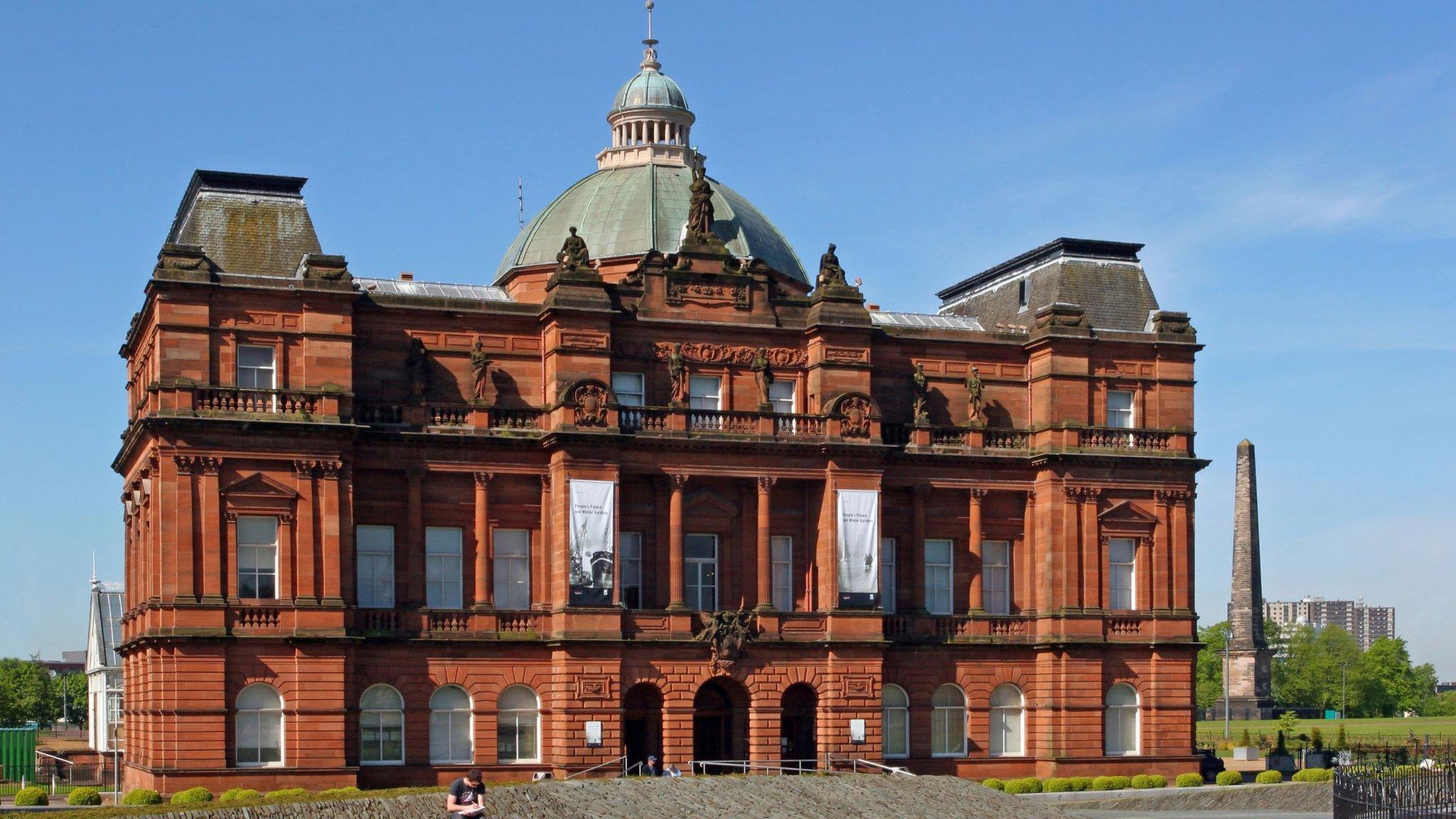
- Published22 October 2018
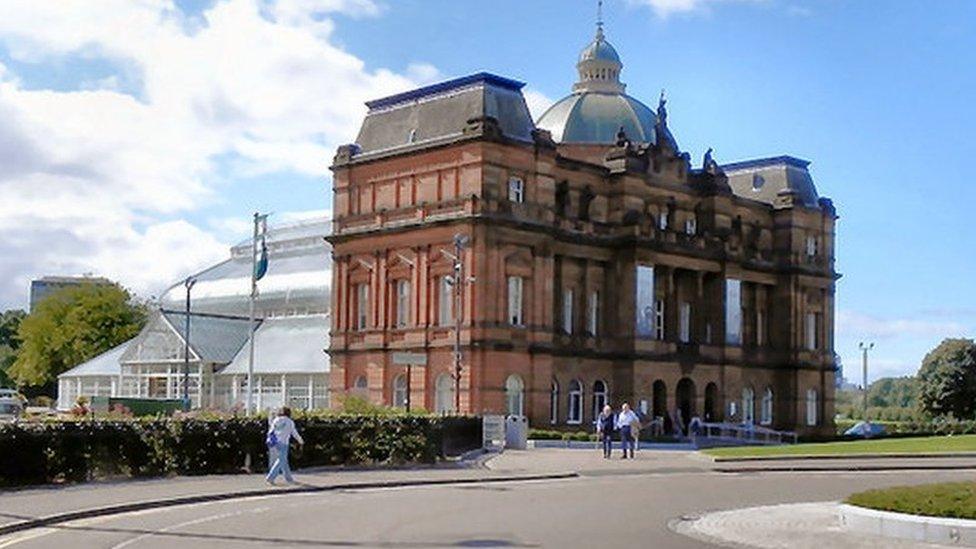
- Published18 October 2018
